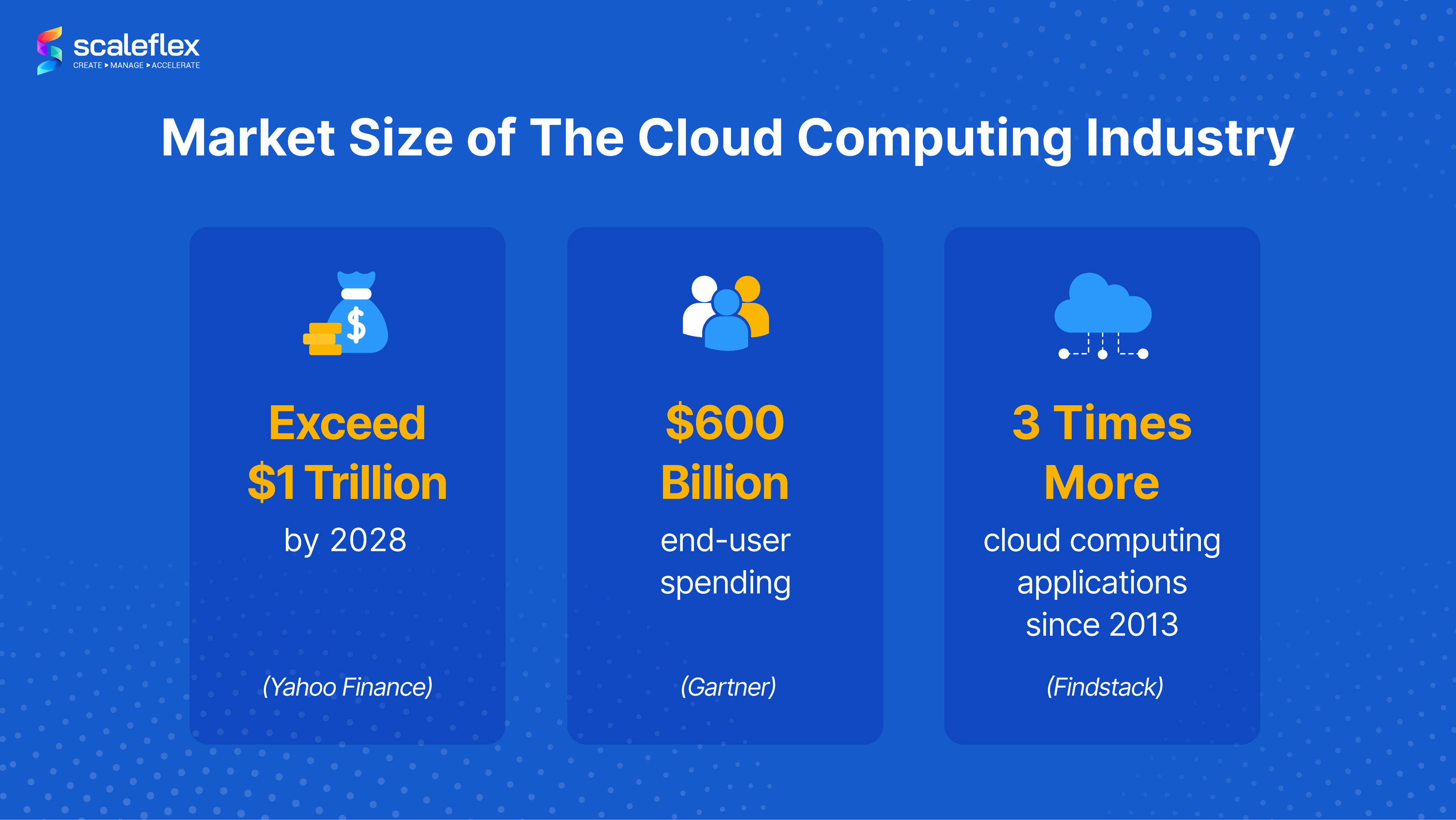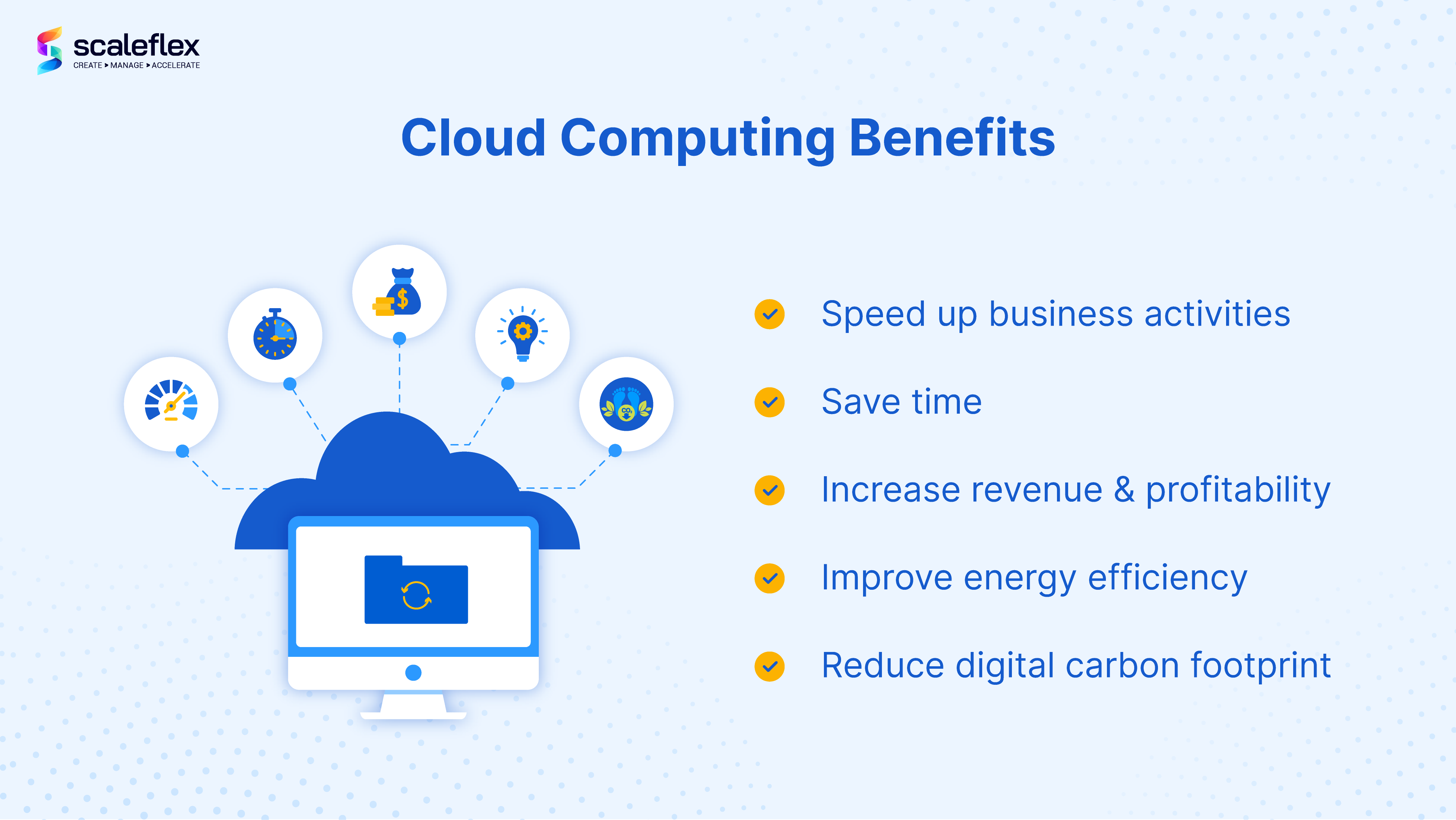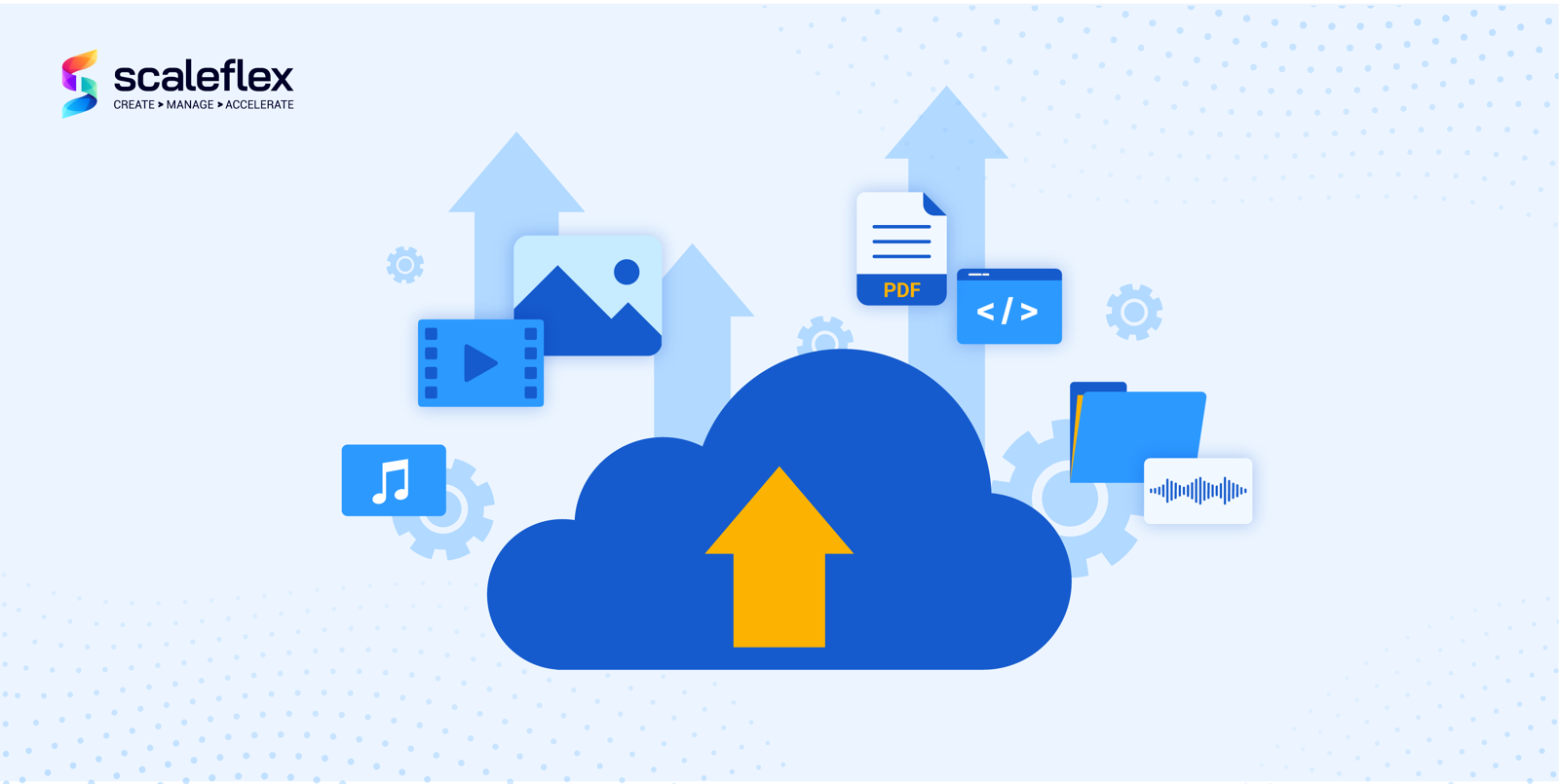The Cloud Computing Revolution: Statistics and Trends You Need to Know
Remember the time when we stored all our data on local devices and copied them on thumb drives? The thought of having everything accessible on-the-go a couple of decades ago was a revolution! Today, the majority of businesses and people use cloud computing technology daily.
The rise of cloud computing has transformed the way businesses operate, store data, and access applications. The cloud offers a scalable, flexible, and cost-effective solution by delivering services through servers, storages, databases, software, analytics, networking, and intelligence that has become increasingly popular in recent years.
With cloud services, operating costs for businesses are reduced because they only have to pay for what they use. This helps companies manage their infrastructure more effectively and grow it to meet their changing needs.
Is the cloud superior? In this blog post, we’ll dive into the latest statistics and trends in cloud computing and have a look at why more and more businesses are moving to the cloud. Hopefully, this helps you assess the cloud computing trends for 2023 and decide if they are a long-term fit for your company.
Cloud Computing Market Size
The cloud computing environment is continually evolving; driven by the increasing demand for cloud-based services and applications, as well as the adoption of digital transformation initiatives across industries.

1. The global cloud computing market size is expected to reach $832.1 billion by 2025, growing at a compound annual growth rate (CAGR) of 17.5% (Globe News Wire)
2. By 2028, the cloud computing industry will surpass $1 trillion. (Yahoo Finance)
3. End-user spending will reach approximately $600 billion as the rate of innovation and the availability of new services and tools continue to soar. (Gartner)
4. Since 2013, the number of cloud computing applications have tripled, from 545 to 1427 different services. (Findstack)
5. The public cloud market itself generated $130 billion (Statista)
6. In 2023, Software-as-a-Service (SaaS) is expected to generate more than $208 billion end-user spending. The Infrastructure-as-a-Service (IaaS) will then experience the fastest rate of growth (30%), followed by Desktop-as-a-Service (DaaS) at 26.6% and Platform-as-a-Service (PaaS). (Gartner)
Cloud Adoption Trends
Cloud-native is fast becoming the new normal.
7. A typical user utilizes 36 cloud-based services every day. (SaaS worthy)
8. And on average, companies use 254 SaaS apps (Productiv)
9. 94% of enterprises are using the cloud in some form or another. Of those, 81% are using a multi-cloud strategy, which involves using numerous cloud providers to avoid vendor lock-in and optimize costs. (Forrester)
10. The cloud is the foundation of 67% of business infrastructure (Forbes)
11. Cloud adoption in enterprises is over 94% (Right Scale)
12. 47% of organizations follow a cloud-first strategy when deploying new applications (Google)
13. 80% of companies use multiple cloud providers (Virtana)
14. 59% of CTOs, CIOs, and other tech leaders use hybrid or multi cloud for security (Zesty)
15. File storage is one of the most common uses of cloud services and Dropbox and iCloud are the most popular free platforms, with about 300 million users on each of these platforms. Following behind is Microsoft One at 250 million, and Google Drive at 200 million users. (Research Gate)
16. In the EU, the predominant uses of cloud computing are email services, 66% and file storage, 53%. (Eurostat)
17. Tools built by cloud providers are increasingly preferred (69%) as starting points for management and operation teams. (IDC Whitepaper)
Benefits of Cloud Computing
The benefits of cloud computing are numerous, which is why it is fast-becoming the go-to solution for many businesses.

18. Over 50% of businesses will adopt sector-specific cloud platforms by 2027 to speed up their business activities. (Gartner)
19. Automated cloud cost optimization policies, used by 40% of business and technical personnels, can help companies save time and cut down on wasted spend. (Flexera)
20. A well-executed move to the cloud can help increase revenue by up to 15% and profitability of up to 4%. (Capco)
21. For Small and Medium Businesses (SMBs), cloud computing is almost 40 times more cost-effective than running an in-house system. (Multisoft)
22. SMBs that utilized cloud computing grew 26% faster and generated 21% more profit. (Deloitte)
23. 60% of c-suite executives cite security as the key benefit of cloud computing (Oracle)
24. Cloud computing is able to improve energy efficiency by an astounding 93% and produces 98% fewer greenhouse gas emissions than IT infrastructure that is on-premise. (Microsoft and WSP study)
25. Cloud migration can help to reduce carbon emissions by 84%, and up to 5.9% decrease in total IT emissions. That adds up to removing 22 million vehicles off the road. (Accenture)
26. Overall, cloud computing has a 14% more positive impact on organizations (Google State of DevOps Report)
Challenges of Cloud Computing
With the benefits, there are also challenges of cloud computing. This includes cloud waste (when cloud computing services are unused or underutilized) and security concerns.
27. 75% of organizations reported an increase in cloud waste (StormForge)
28. 37% of IT executives say that security is the biggest challenge when adopting cloud computing (Deloitte)
Key Takeaways
Cloud computing is rapidly transforming the way businesses operate and the benefits are clear. From scalability to cost savings, accessibility to flexibility, the cloud offers a solution that can help businesses thrive in an increasingly digital world.
While security and cloud waste concerns remain, cloud providers and tech leaders are actively taking steps to address these issues to maintain that their services are safe and secure.
That’s why MACH architecture that focuses on cloud-native solutions and is packed with strong security capabilities are fast-becoming the must-have for IT leaders. If you’re looking for cloud-based storage and management solutions for your organization’s digital assets, talk to our friendly DAM experts to find out more.





